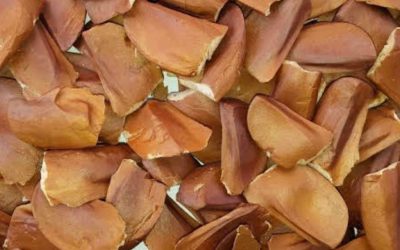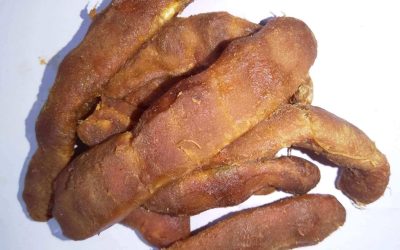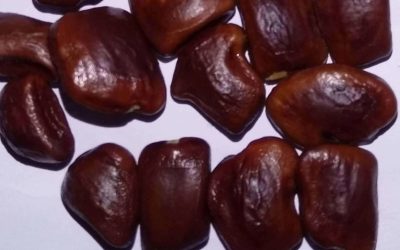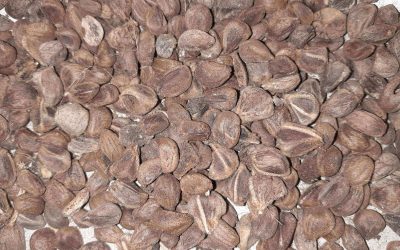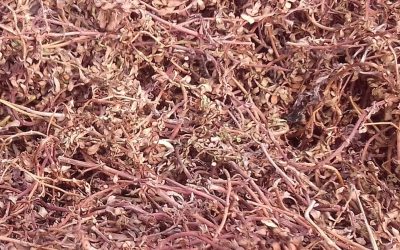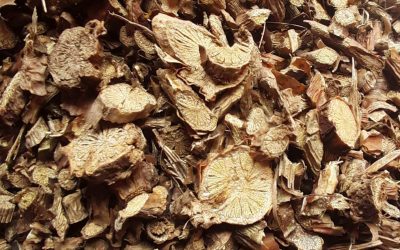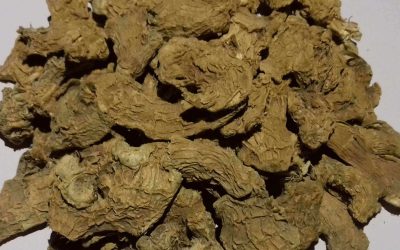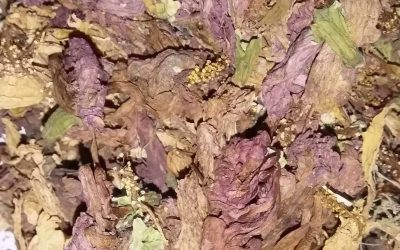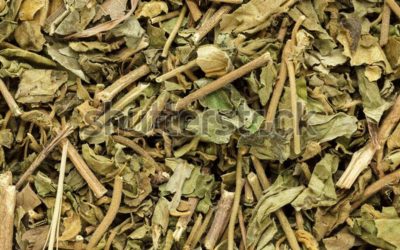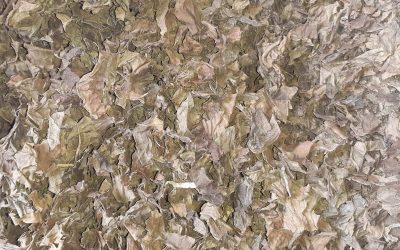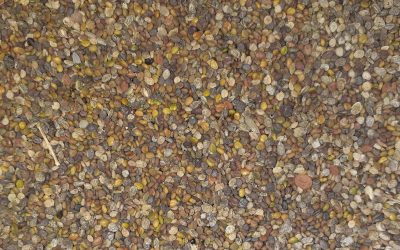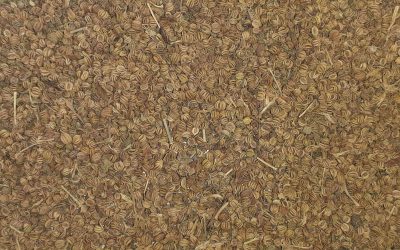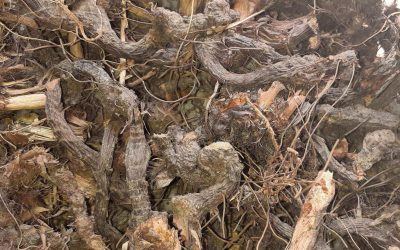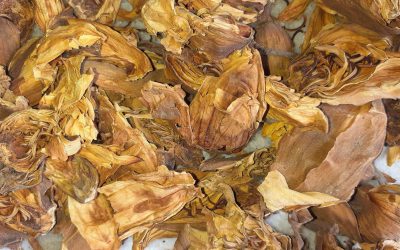Tamarind and Tamarind Seeds
Scientific Name : Tamarindus Indica
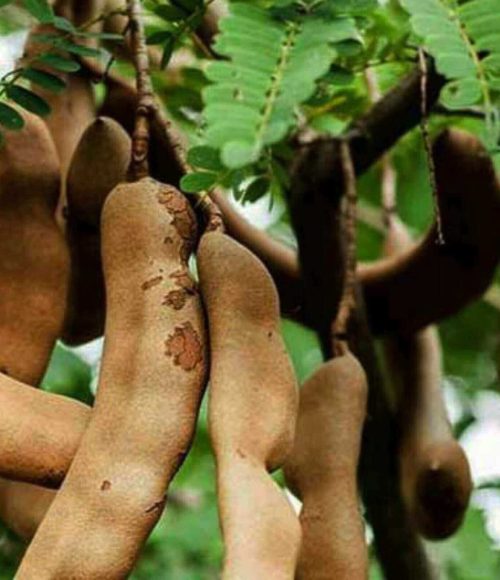
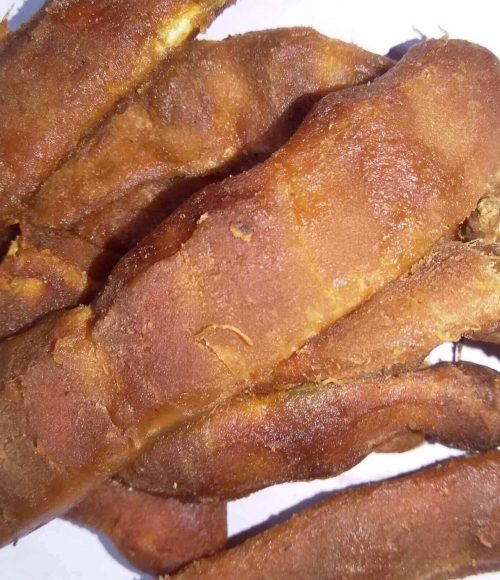
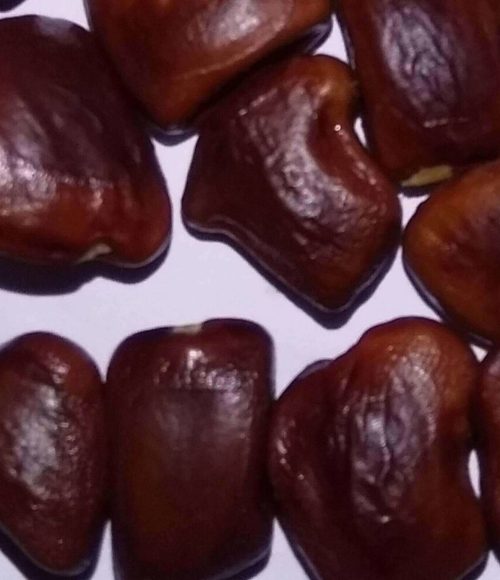


Description:
The fruit is an indehiscent legume, sometimes called a pod, 12 to 15 cm (4.7 to 5.9 in) in length, with a hard, brown shell.
The fruit has a fleshy, juicy, acidulous pulp. It is mature when the flesh is coloured brown or reddish brown. The tamarinds of Asia have longer pods (containing six to 12 seeds), whereas African and West Indian varieties have shorter pods (containing one to six seeds). The seeds are somewhat flattened, and a glossy brown. The fruit is best described as sweet and sour in taste, and is high in tartaric acid, sugar, B vitamins, and, unusually for a fruit, calcium.
The fruit is harvested by pulling the pod from its stalk. A mature tree may be capable of producing up to 175 kg (386 lb) of fruit per year. Veneer grafting, shield (T or inverted T) budding, and air layering may be used to propagate desirable cultivars. Such trees will usually fruit within three to four years if provided optimum growing conditions.
Use:-
Tamarind paste has many culinary uses including a flavoring for chutnies, curries, and the traditional sharbat syrup drink. Tamarind sweet chutney is popular in India and Pakistan as a dressing for many snacks. Tamarind pulp is a key ingredient in flavoring curries and rice in south Indian cuisine, in the Chigali lollipop, and in certain varieties of Masala Chai tea. Across the Middle East, from the Levant to Iran, tamarind is used in savory dishes, notably meat-based stews, and often combined with dried fruits to achieve a sweet-sour tang.In the Philippines, the whole fruit is used as an ingredient in the traditional dish called sinigang to add a unique sour taste, unlike that of dishes that use vinegar instead. Indonesia also has a similarly sour, tamarind-based soup dish called sayur asem.
Tamarind seed oil:
Tamarind seed oil is the oil made from the kernel of tamarind seeds. Isolation of the kernel without the thin but tough shell (or testa) is difficult. Tamarind kernel powder is used as sizing material for textile and jute processing, and in the manufacture of industrial gums and adhesives. It is de-oiled to stabilize its colour and odor on storage.

